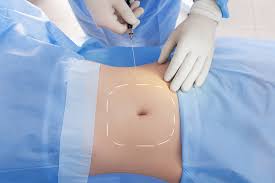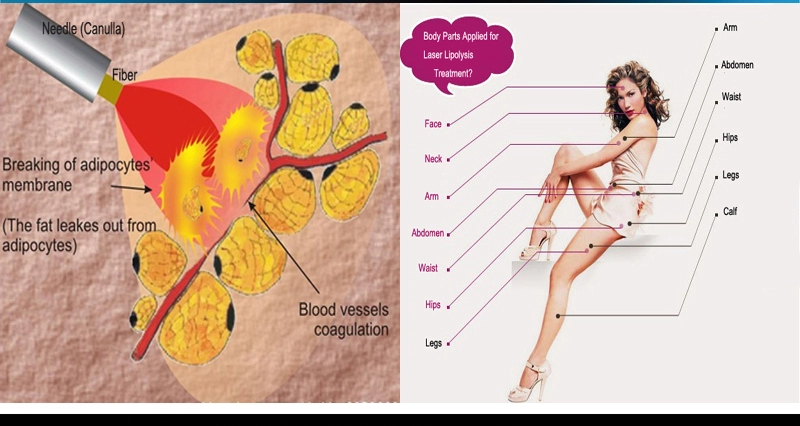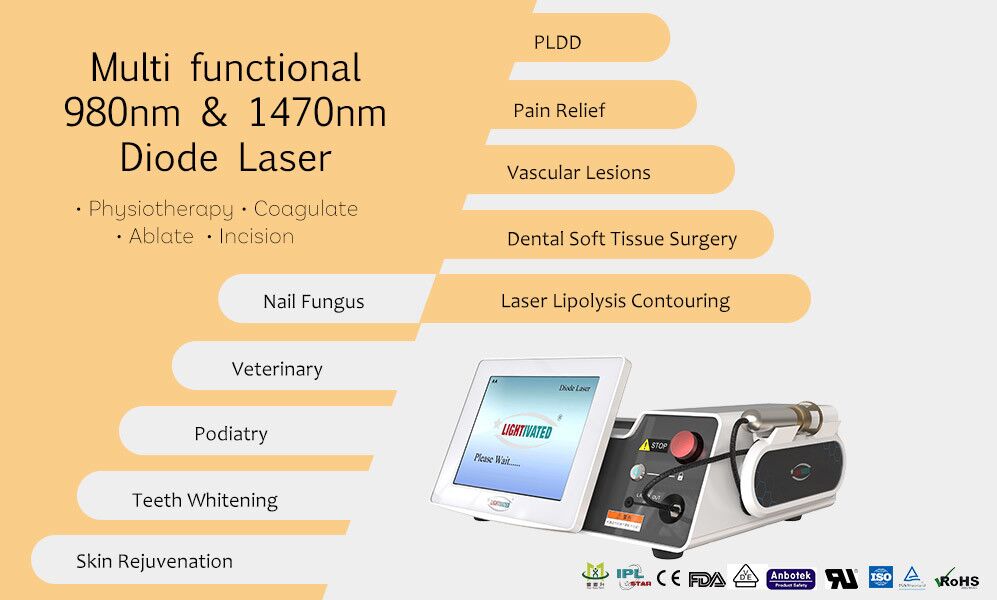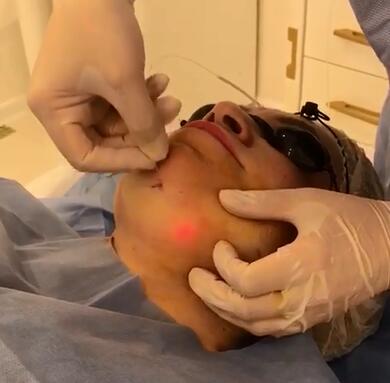07月28 What is Laser Lipolysis
What it is
Laser lipolysis is a type of cosmetic surgery. It uses laser energy to change the shape and appearance of your body. There are other kinds of lipolysis that involve injections or radio wave treatments, but laser lipolysis is the most common technique.
Lipolysis targets smaller deposits of fat on specific parts of the body. You may be a good candidate if you have fatty tissue on your abdomen, hips, thighs, or buttocks that you wish to get rid of. This procedure typically isn’t recommended for people who are obese.
If you’re interested in lipolysis, you’ll need to have a consultation with a licensed plastic surgeon about your goals. They can talk you through your individual benefits and any possible risks.

What to expect during the procedure
This procedure usually takes less than an hour, and you’ll be awake the entire time.
In most cases, only one session is needed. This is true even if you choose to have it done on multiple areas of your skin.
Sometimes, lipolysis is done in combination with traditional liposuction. This can add to the duration and recovery process. Talk to your doctor about what you can expect.

If you’re getting laser lipolysis only, your appointment will go something like this:
1.You’re prepped in a sterile environment, most likely in your doctor’s office, and given sterile scrubs or a gown to wear.
2.A local anesthetic is then injected into the area where you’re having lipolysis.
3.Your doctor makes a very small (sometimes only a millimeter!) incision at the area where you have unwanted fat deposits.
4.Your doctor inserts the laser underneath the top layer of your skin through the incision. They’ll move it back and forth under your skin from different angles. During this time, you may feel some heat or even a cold sensation. Because of the anesthesia, you shouldn’t much discomfort.
5.The fat deposits that are broken up by the laser are either massaged out of the area or vacuumed out, depending on how much “melted” fat there is to remove.
After the fat is removed, you’ll be able to get up, walk around, and resume most everyday activities as soon as you’re ready to leave the doctor’s office.

Possible side effects and risks
You’ll likely experience minor bruising and discomfort for several days after the procedure.
If the laser site isn’t properly cared for after the procedure, you may be at risk for infection and scarring. In severe cases, blood clots can occur. You should see your doctor if you’re experiencing any unusual swelling, pain, or discharge.
This is a relatively new procedure, so very little is known about the potential for long-term risks.
How long the results last
The effects of lipolysis will vary greatly depending on your individual expectations. One 2011 reviewTrusted Source revealed that many people are dissatisfied with the results of their lipolysis. One study the review mentions found that in 51 percent of cases, not even a dermatologist can tell the difference between before-and-after photos of lipolysis.
Lipolysis may change the appearance of your body, but diet and exercise will determine if your results are permanent. If you do see visible results from your lipolysis, they should be permanent — provided you don’t gain any weight. If you do gain weight, the results from lipolysis will likely disappear.





No Comments